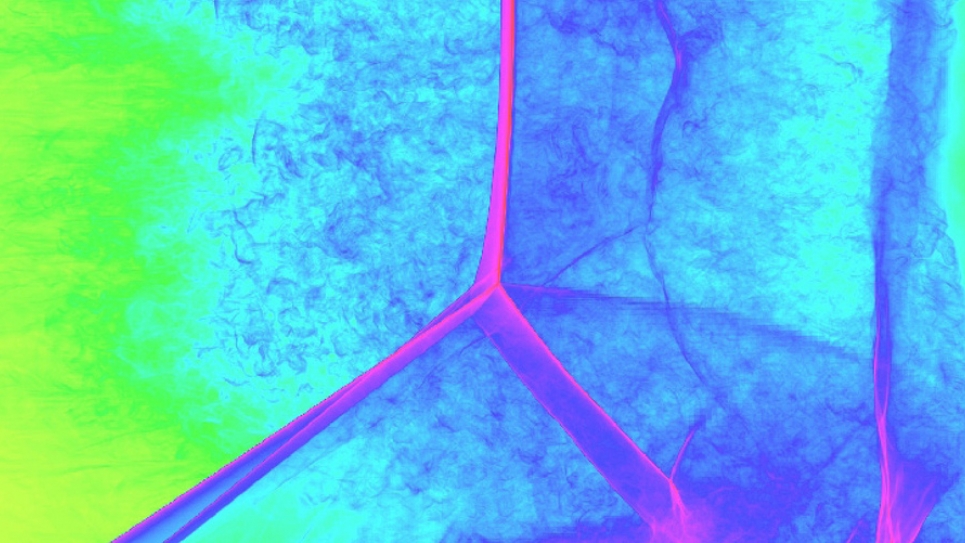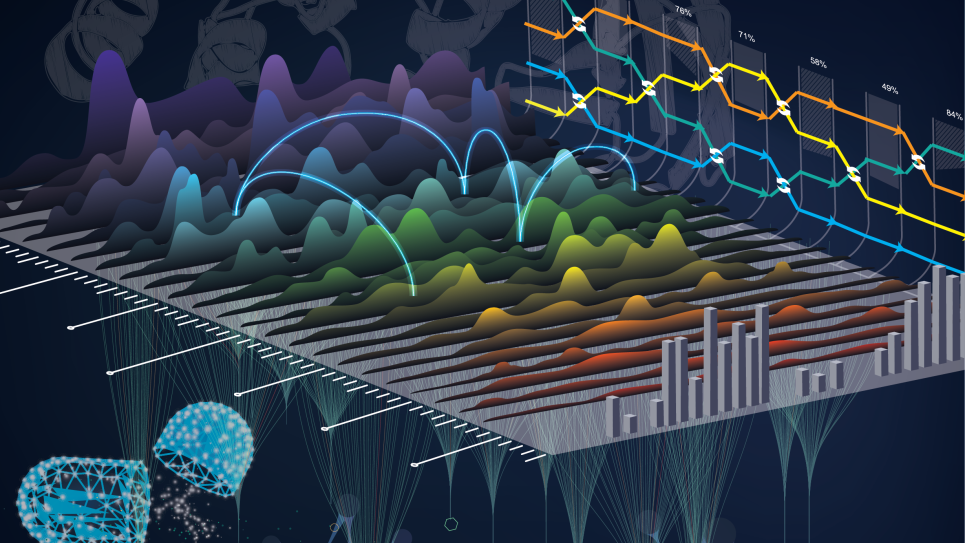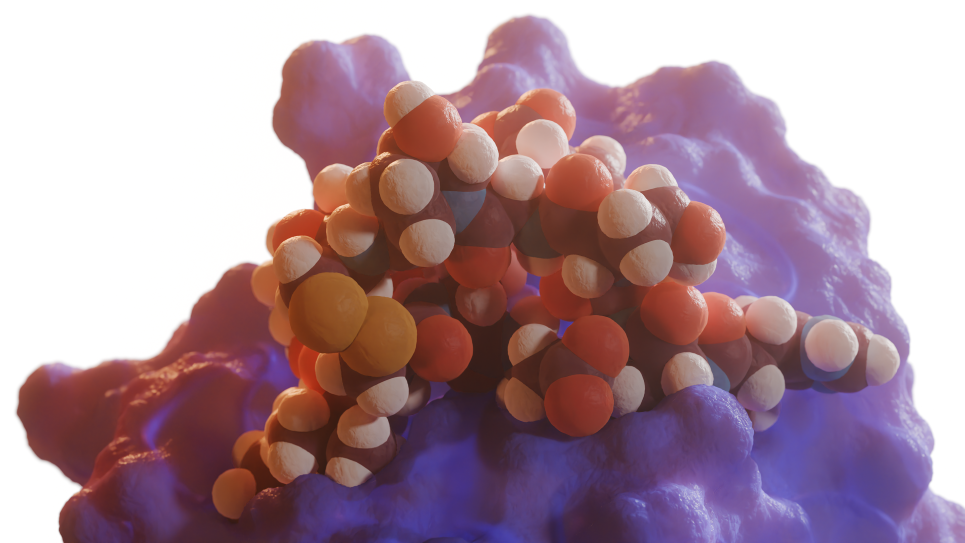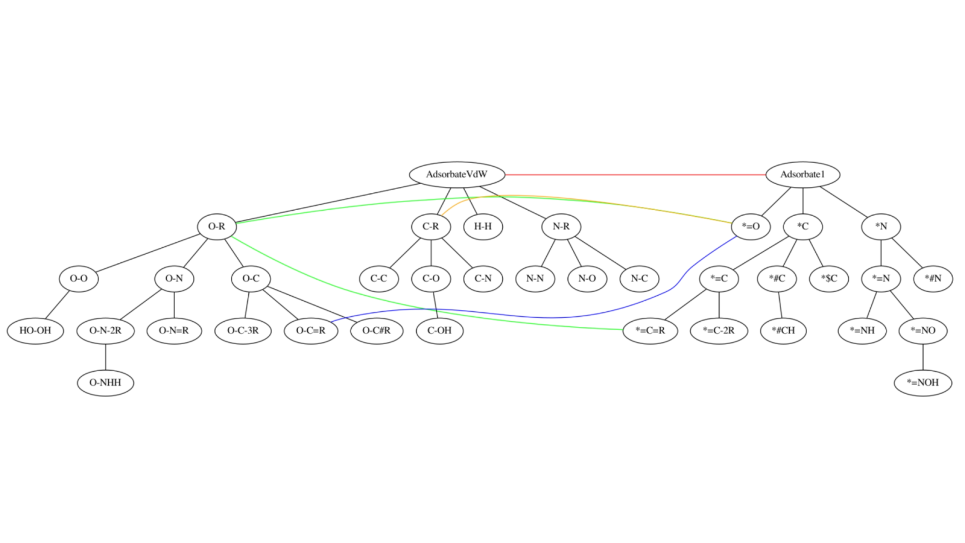
High-Speed Combustion and Detonation (HSCD)
This project will gain insight into the physical mechanisms of the burning and detonation of hydrogen-oxygen mixtures. It will produce simulations to be used for the design of safe systems for future use of hydrogen fuel. The goal of the project is to create first-principles, petascale direct numerical simulation tools for understanding and predicting high-speed combustion and detonation (HSCD) phenomena in reactive gases. Researchers want to use first-principles simulations for fundamental understanding of the complex multi-scale physics of the transitory regimes of rapid flame acceleration and deflagration-to-detonation transition (DDT). The next-generation IBM Blue Gene system will enable them to perform first-principles simulations of DDT in a stoichiometric 2H2 + O2 mixture initially at atmospheric pressure in a 100 × 2.5 × 2.5 cm square tube. This is similar to a typical setup of the DDT experiments that measure run distances to detonation in reactive gases. Run distance is a critical parameter used for characterizing sensitivity of a reactive mixture to DDT, and it is used for assessing detonation hazard and designing severe accident mitigation strategies. In the experiments, burning is initiated by igniting a laminar flame in a quiescent gas near the closed end of the tube. As the flame expands, the turbulent boundary layer that forms near the tube walls increases the burning rate, and the flame accelerates rapidly. Secondary shocks and pressure waves generated inside the flame brush add to flame acceleration. Eventually this leads to a localized explosion and the onset of a detonation wave.


